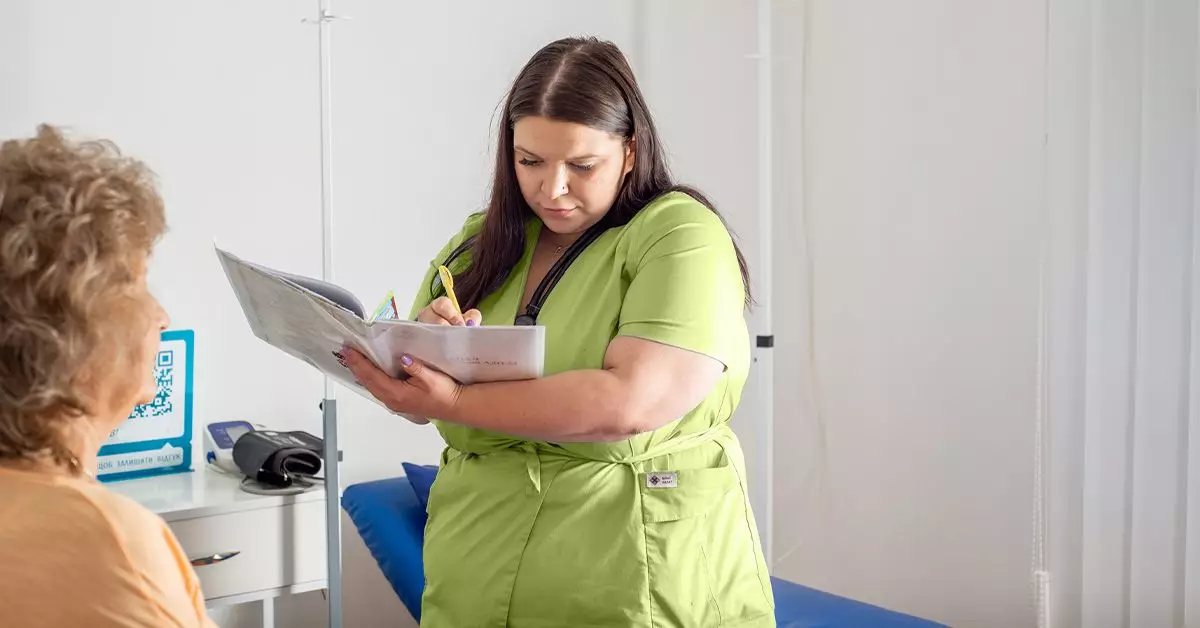Stage 2 Hodgkin’s lymphoma marks an important phase in the journey of this cancer, representing an intersection of challenge and opportunity. Unlike the early, localized stages, stage 2 indicates that cancer has spread to two or more lymph node groups either above or below the diaphragm. This distinction is critical because it influences the aggressiveness of the treatment plan and the prognosis. Healthcare professionals also classify certain cases as stage 2E, where the cancer extends beyond lymph nodes into nearby organs or tissues, complicating treatment approaches. Recognizing whether a diagnosis is favorable or unfavorable further refines expectations and treatment strategies. Favorable stage 2 suggests a less aggressive disease without risk factors like enlarged tumors, B symptoms, or spread to multiple lymph nodes. Conversely, unfavorable cases include these risk factors, prompting healthcare teams to consider more intensive treatments.
The Power of Personalized Treatment Strategies
A key insight emerging from recent research is the significant improvement in survival rates for early-stage Hodgkin’s lymphoma. Despite its complexity, the disease at stage 2 remains highly curable—an encouraging reality that challenges many misconceptions. Treatment protocols predominantly start with chemotherapy, tailored to the individual’s health status and specific risk factors. This personalized approach ensures that patients receive the right intensity of therapy—striking a delicate balance between eradication of cancer and minimizing long-term side effects. For those categorized as unfavorable, treatment may involve higher doses or additional therapies such as radiation, reflecting a strategic escalation aimed at reducing recurrence risk. It’s vital for patients to work closely with their healthcare team, understand their specific classification, and participate actively in shaping their treatment plans.
Advances That Transform the Patient Outlook
Progress in the medical field has profoundly shifted the landscape for Hodgkin’s lymphoma. A 2023 review highlights that early-stage disease, including stage 2, is now regarded as highly curable. Breakthroughs in targeted therapies and refined chemotherapy protocols have been instrumental in improving not just survival rates but also the quality of life during and after treatment. Of particular importance is the ongoing emphasis on reducing late adverse effects—long-term complications such as secondary cancers or cardiovascular issues that have historically been associated with treatment. This evolving focus signals a broader shift from merely fighting cancer toward ensuring long-term well-being. Patients today are empowered to discuss with their healthcare teams not only the immediate goals of treatment but also the strategies to mitigate future health risks. As research continues to illuminate new pathways, the outlook for those with stage 2 Hodgkin’s lymphoma is more optimistic than ever, embodying hope, resilience, and a commitment to innovative care.


Leave a Reply